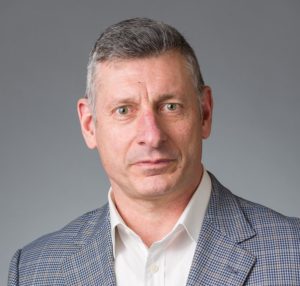For years, organizations have understood the value of delivering a great customer experience. The reasoning is quite simple: Treat customers well at every touch point, and those customers will come back to buy from you again and again. A better customer experience leads to more customer loyalty, higher revenue, profits and stock prices. All good stuff, right?
 The business value of the customer experience is clear and significant, and has driven organizations to investment in customer experience improvements, and rigorously monitor the related Key Performance Indicators (KPI’s).
The business value of the customer experience is clear and significant, and has driven organizations to investment in customer experience improvements, and rigorously monitor the related Key Performance Indicators (KPI’s).
Companies have also discovered that a key lever for boosting the customer experience is the employee experience: Happy, engaged employees invest more discretionary effort into their work, and this cascades down to what the external customers experience.
Just as your company’s customer service department is a key touch point in the customer experience, the HR Service Center is a key touch point in the employee experience. That’s why the experience delivered by the HR Service Center plays such an important role – it has a lot of influence over how employees feel about their employer.
In order to create the right experience, the Service Center must identify and implement the right initiatives to deliver the employee experience, and the right KPI’s to measure the results.
I know what you’re thinking… “Great – another project.”
The good news is that you don’t have to build all this from scratch. Chances are, someone else in your company has probably already done a lot of the work for you, so it’s yours for the taking! Remember Pablo Picasso? He’s the guy that said, “Good artists borrow, and great artist steal.”
Whether you choose to borrow or steal isn’t the point. The point is that you can “copy” the externally-facing customer experience initiatives that your firm has probably already put in place.
Let’s look at using customer experience KPI’s as an example:
MyCustomer, an online resource for customer experience professionals, lists three KPIs To Measure Your Customer Experience Levels. Those are the Net Promoter Score, the Post Sale Survey and Repeat Visits. These same three KPI’s can be adapted to your HR Service Center to measure the experience of your HR customers.
Here’s how….
The Net Promoter Score
When an employee request has been closed, you may already be sending the employee a satisfaction survey. You can easily incorporate the Net Promotor Score question into the survey, because it’s only a single, simple question: “How likely is it that you would recommend us (to a fellow employee) on a scale of 1 to 10?”

The Post Sale Survey
The objective of this survey is to gather information from the customers about how easy it was to do business with you. By benchmarking the aggregated 'ease of doing business' score against previous months, the business owner can see if the new features have improved or deteriorated the customer experience levels. Incorporate an “ease of doing business with HR” question into your closure survey along with the Net Promoter Score question.
Repeat Visits
A key metric to measure customer experience is repeat patronage. In the world of HR Service Delivery, this can equate to repeat visits to the HR Portal. If employees are going to the Portal instead of calling you on the phone, or sending you an email, that’s a good sign that the Portal experience is positive.
For an HR Service Center to improve the employee experience, you don’t have to start from scratch. You can adapt and implement many of the same practices that are already in use by your colleagues in the externally-facing departments in your organization.
Or to paraphrase Picasso, “Good HR Service Centers borrow; great HR Service Centers steal.”

 Microsoft Teams
Microsoft Teams
 Workday
Workday
